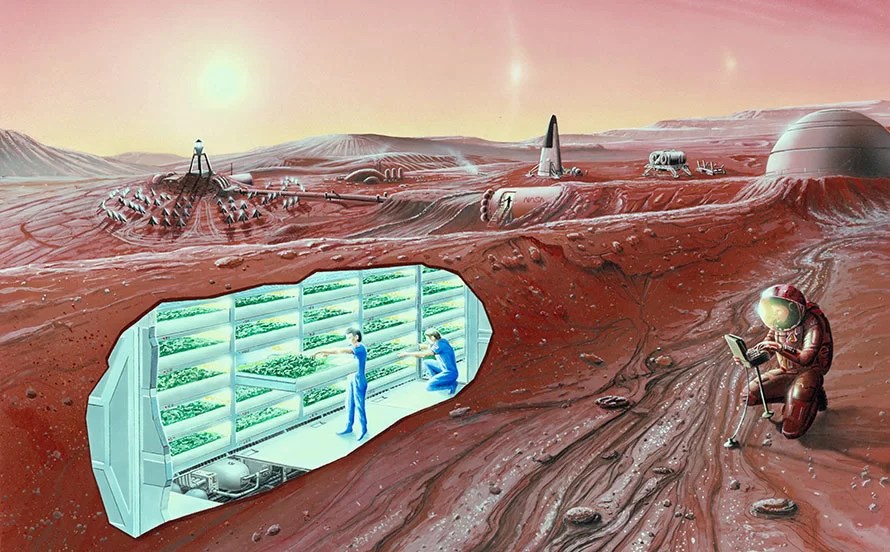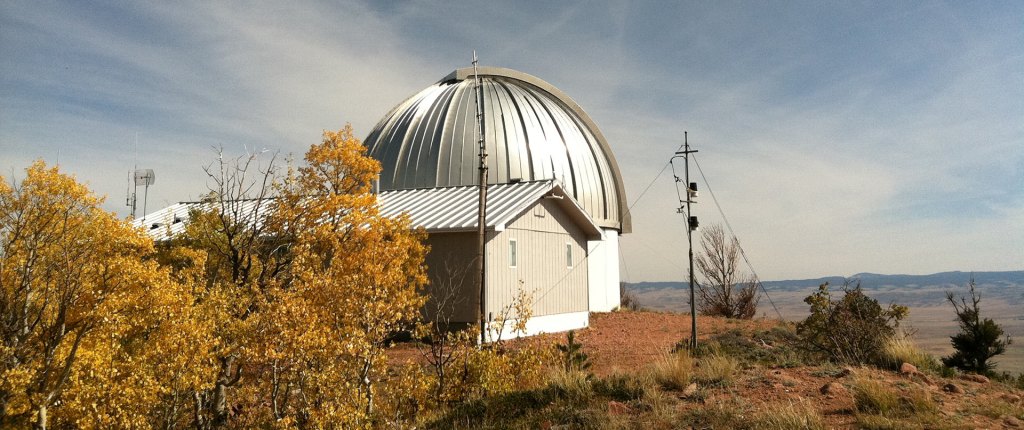
Astronomy magazine has a good article titled “Predictions for the Next 50 Years of Astronomy.” Five astronomers provide their ideas about what we might experience in the field of astronomy in the 2070s.
For instance, S. Alan Stern, a planetary scientist and member of the U.S. National Science Board, had this prediction:
By the ’70s, I expect we’ll have human exploration taking place on multiple worlds in the solar system, with Antarctic-like, semipermanent bases scattered around the globes of at least Luna and Mars. I also expect we may by then have much larger and more powerful launch vehicles, even fusion-based or high-power electric propulsion, making trip times an order of magnitude shorter than today. Just think: Mars in a few weeks, Pluto and the Kuiper Belt in a year!
I just want to see the Moon landing get underway before any predictions about the Kuiper Belt, but it is all exciting and in many ways unknowable given what has happened in the last 50 years. For instance, how many people 50 years ago believed that we would have a catalog of thousands of exoplanets, many similar to Earth?
Of course, predictions are tough. Here is what some scientists were saying in the 1970s about the fate of our little planet, as reported by the American Enterprise Institute:
- {Paul] Ehrlich sketched out his most alarmist scenario for the 1970 Earth Day issue of The Progressive, assuring readers that between 1980 and 1989, some 4 billion people, including 65 million Americans, would perish in the “Great Die-Off.”
- Harrison Brown, a scientist at the National Academy of Sciences, published a chart in Scientific American that looked at metal reserves and estimated the humanity would totally run out of copper shortly after 2000. Lead, zinc, tin, gold, and silver would be gone before 1990.
We have our issues today, but I am very happy that these earlier scientists did not have the gift of prophesy.



